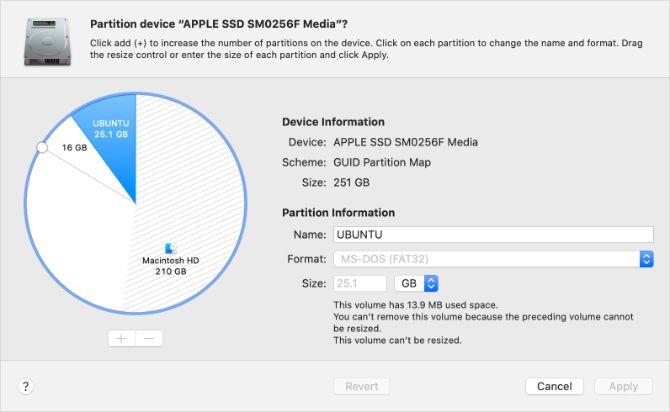
- CAN YOU BOOT LINUX ON A MAC INSTALL
- CAN YOU BOOT LINUX ON A MAC ISO
- CAN YOU BOOT LINUX ON A MAC DOWNLOAD
- CAN YOU BOOT LINUX ON A MAC MAC
I had to use one of my Macs with OS X 10.11 El Capitan installed, and that did the job. Nor does it run on my Intel Macs with OS X 10.6 Snow Leopard. However, Etcher doesn’t run on PowerPC Macs.
CAN YOU BOOT LINUX ON A MAC ISO
The only method I found that worked for creating a bootable USB flash drive with Lubuntu on it required me to use Etcher, a freeware app that takes an ISO and creates a bootable flash drive from it. Formatting the flash drive was the easy part installing the ISO and creating a bootable system stumped me. I would spend hours trying this, that, and the other thing.
CAN YOU BOOT LINUX ON A MAC MAC
And none of them worked on my Power Mac G5. I do, however, have a few 8 GB and larger USB flash drives, and there are plenty of instructions online for properly formatting the flash drive and getting the bootable ISO installed. Using a USB Flash Drive was an exercise in frustration. That was also the biggest reason I had problems. That’s fine if you have blank CD-R media or a CD-RW disc, but I haven’t burnt a CD in years and have no blanks at present. I suggest you start by downloading Mac (PowerPC) and IBM-PPC (POWER5) desktop CD, which is designed to be burnt to a CD-R and give you a fully bootable way to test out Linux before you commit to it. Starting with version 12.04 the 32-bit and 64-bit versions are part of the same package for Macs. Anything before G5 can only use a 32-bit Linux. The only PowerPC Macs that can use a 64-bit operating system are G5 iMacs and Power Macs. PowerPC distros prior to version 12.04 have separate 32-bit and 64-bit installers.
CAN YOU BOOT LINUX ON A MAC DOWNLOAD
You can download 14.04 and 16.04 from this page, earlier versions from this page, where you can also get version 12.04 for PowerPC, among many other architectures. That’s also the latest version available for PowerPC at present. Version 14.04 was released in the 4th month of 2014, and 16.04 in the 4th month of 2016. Ubuntu Linux has a simple numbering scheme for its versions. Lubuntu is known for having a lighter-weight user interface, LXDE – similar to what Simon Royal used when he put LXLE on an old PC. After talking with others in our small-but-growing Linux PPC Facebook group, I settled on Lubuntu as a good starting point. It’s my most powerful PowerPC Mac, so I figured it would be a good way to take Linux for a spin. My original testbed was a Late 2005 2.3 GHz Power Mac G5 Dual with 3 GB of RAM and two hard drives, one with OS X 10.4 Tiger, the other with OS X 10.5 Leopard. If only I’d had a blank CD-R or DVD-R, it would have been a lot easier! This time around I wanted to create a “live” flash drive so I could make sure it actually worked before committing to installing Linux on a hard drive. Everything was handled through the command line in the late 1990s. Back in the olden days, Linux was a text-based operating system similar to MS-DOS. I’ve experimented with Linux and BSD Macs going back to the Mac IIci era, and I’ve never had much luck.
CAN YOU BOOT LINUX ON A MAC INSTALL
Next, to install the OS, you can: Can I dual boot from an external hard drive? Download a copy of Kali Linux (make sure its Kali Linux 2 since the first ones repositories aren’t supported anymore). Step 1) Download the.iso or the OS files on your computer from this link. This is one of the easiest methods of installing Ubuntu or any distribution on your computer. Let's look the various methods we can use to install Ubuntu. Make sure Distribution is selected and then use the Select Distribution drop-down menu to pick the Linux distribution you want to install on the USB flash drive. UNetbootin supports creating the live USB installer for Linux using an ISO file you previously downloaded, or it can download the Linux distribution for you.


Ubuntu GNOME, which is now the default flavour that has replaced Ubuntu Unity.


 0 kommentar(er)
0 kommentar(er)
